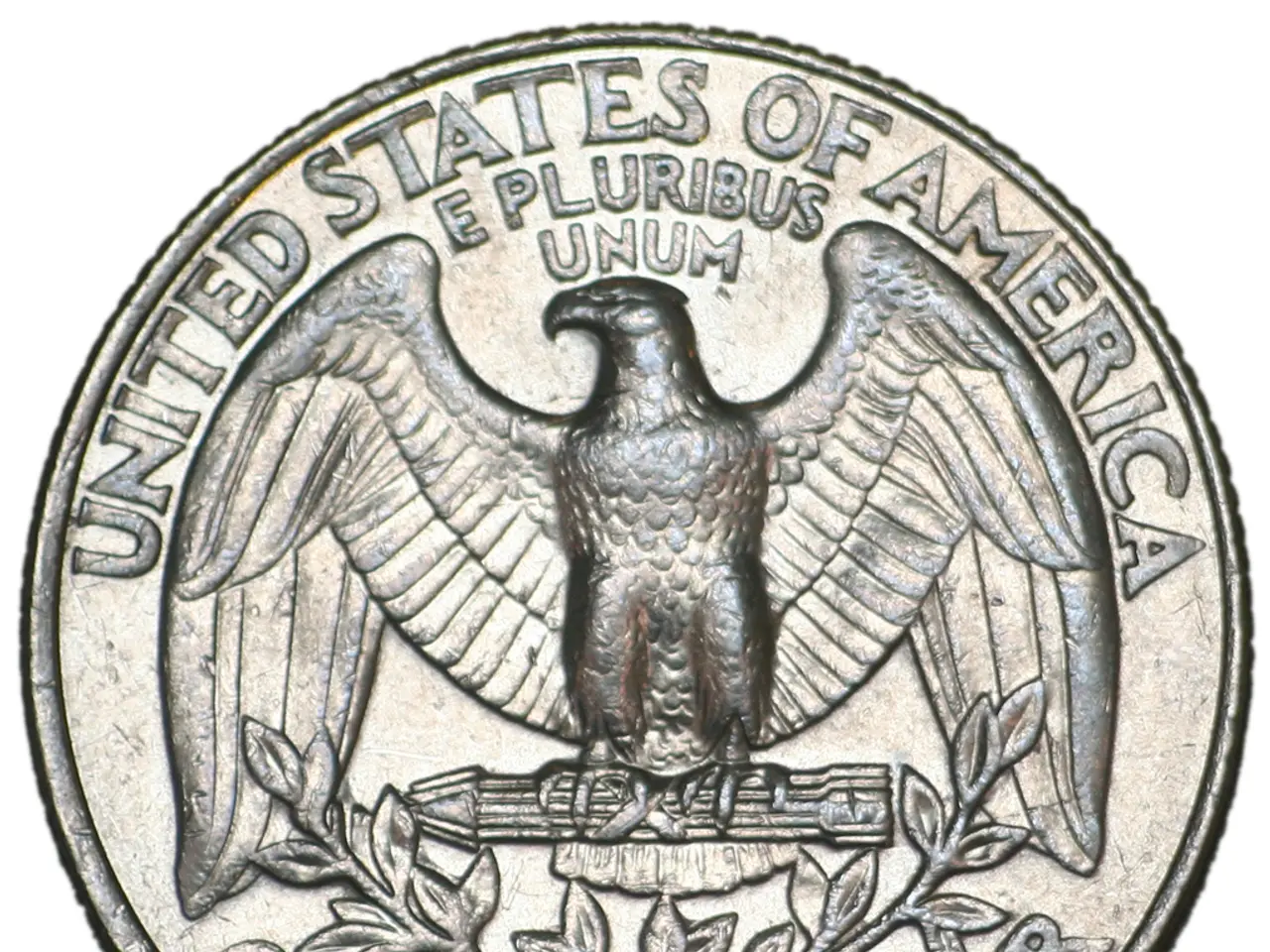Unveil the Easy Tricks for Capturing Acoustic Guitar Sounds
Recording Acoustic Guitars in Your Home Studio: A Comprehensive Guide
A clean and crisp guitar sound can significantly enhance any song or production. However, recording acoustic guitars can be a challenging task, especially in a home studio setting. Here are some tips to help you capture the best possible sound.
Choosing the Right Microphone
Condenser microphones are ideal for recording acoustic guitars due to their higher sensitivity and extended frequency range. Microphones with a cardioid pickup pattern are particularly useful as they are more sensitive to the sound coming from the guitar and reject background noise.
Proper Placement
The best position for the microphone is to be seated with the guitar held in a steady position for the mics. Position the microphone 6 to 12 inches from the guitar, around the 12th fret. This position helps to balance the body and string sound. Avoid placing the microphone too close (under 6 inches) to prevent excessive low-end "bloat," or too far (beyond 12 inches) to avoid unwanted room reflections.
Experiment with the angle of the microphone. Slightly angling the microphone towards the sound hole or fretboard can help you find a sweet spot where the guitar sounds natural and balanced.
Multiple Microphones
Recording with two microphones can lead to a wide stereo image with full and clear depth. The 3-to-1 rule should be followed when using two microphones: the distance between the microphones should be three times the distance between the closest microphone and the guitar.
Room Acoustics
It's best to record in a room that's acoustically dead, with reverb added later during mixing. However, the acoustics of the room can also have an effect on the sound of an acoustic guitar recording. Placing a hardboard underneath the guitarist's playing area, shiny side up, can help to record a livelier and brighter sound.
Additional Tips
- Use a shock mount and pop filter if applicable to reduce vibrations and plosives, especially if recording vocals as well.
- Consider pairing close mic placement (4-6”) for a more intimate sound or a bit farther (10-12”) for a more natural tone; your choice can depend on whether you want an up-front or ambient guitar sound in the mix.
- Start with a single condenser mic positioned near the 12th fret and tweak placement while listening to get the desired timbre and room sound.
- You can also experiment with a second mic near the sound hole to add body or lower frequencies, mixed carefully with the fretboard mic.
Equipment Recommendations
The Behringer C-3 and AKG Perception 220 are examples of multi-purpose condenser microphones suitable for recording acoustic guitars. Large-diaphragm condenser microphones tend to pick up more body of the sound being recorded. If budget allows, the AKG Perception 220 or Rode NT1-A can provide brighter recordings with plenty of body.
Final Thoughts
By following a few simple guidelines, you can get superb recordings of acoustic guitar in your home studio. Remember, the acoustic guitar is a sensitive instrument that requires precision in recording. With the right equipment and techniques, you can capture the unique sound of an acoustic guitar and enhance your productions.
[1] https://www.soundonsound.com/techniques/recording-acoustic-guitar [2] https://www.musictech.net/techniques/recording/recording-acoustic-guitar [3] https://www.musicradar.com/news/guitars/how-to-record-acoustic-guitar-at-home-457977 [4] https://ask.audio/articles/how-to-record-acoustic-guitar [5] https://www.thomann.de/gb/recording_acoustic_guitar.htm
- Condenser microphones, which have higher sensitivity and extended frequency range, are ideal for capturing the clean and crisp sound of acoustic guitars in a home studio.
- When recording an acoustic guitar, it's essential to position the microphone 6 to 12 inches from the guitar, ideally around the 12th fret, to balance the body and string sound.
- Experimenting with the angle of the microphone, slightly tilting it towards the sound hole or fretboard, can help achieve a natural and balanced guitar sound.
- Recording with two microphones can create a wide stereo image with full and clear depth; the 3-to-1 rule should be followed when using two microphones for the best sound quality.
- To record a livelier and brighter sound in a home studio, placing a hardboard underneath the guitarist's playing area, shiny side up, can be beneficial.
- Home recording equipment recommendations for acoustic guitar recording include budget-friendly options like the Behringer C-3 and AKG Perception 220, as well as high-end choices like the AKG Perception 220 or Rode NT1-A for brighter recordings with plenty of body.
- With the right equipment, techniques, and a little patience, it's possible to achieve superb recordings of acoustic guitar in a home studio, enhancing your music productions and contributing to the wider world of music and entertainment.




